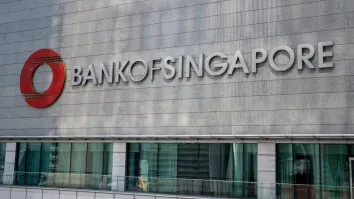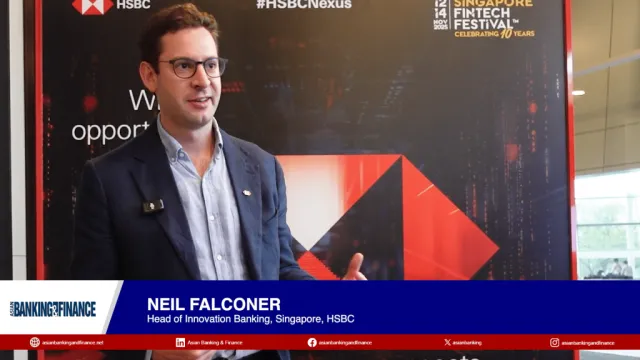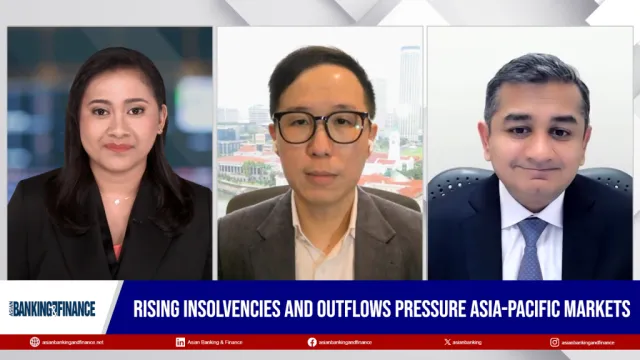How to capture demand in rapid-growth markets
By Liew Nam SoonAs banks seek growth, rapid-growth markets (RGMs) are a natural draw. In many RGMs, retail banks are growing as increasing affluence drives demand for more financial products and services. Corporate and investment banks are expanding, as government programs that are aimed at improving infrastructure and public services, and attracting foreign investment, create the conditions for business growth.
Yet, the potentially volatile nature of these markets can also make globalbanks hesitant to commit the resources to establish amajor presence there. Nevertheless, there are significant long-term opportunities for banks that are willingto make the investment.
To achieve profitable growth, banks in RGMs mustbalance their desire to expand rapidly with the need to do soefficiently. With funding pressures, competition and declining margins, efficiency is the watchword of RGM bankers.
EY identified four core initiatives that international banks need to focus on to overcome the challenges and capture the growth in RGMs:
Developing both simpler and more sophisticated products
Thereis demand for financing and risk management frombusinesses; for investment services from the affluent; and for low-cost retail products from poorer customers. Banks need tomeet that demand, and move ahead of it.
Strong capabilities in debt and equity financing will be important as funding is required for transformative infrastructure programs and for businesses that are looking to expand. Demand for credit is expected to be high, which domestic RGM banks that have restricted balance sheetsmay struggle to meet.
Advisory services and hedging products will be critical. As companiesexpand beyond domesticborders, they need support to manage the risks and complexities of international trade. Banks that have already expanded into neighboring markets will have local knowledgeand be better placed to offer clients the advice they need.
Low-cost retail banking products will be important for banks that are keen to lend the lower-income segments. Manyinstitutions have been reluctant to serve this customerbase, due to thecost of managing high volume of low-valuetransactions.
But banks now see opportunity in this unbankedsegment. Banks targeting this segment must developinnovative products that match these customer needs at a lower cost.
Forming alliances with local financial and telecommunicationscompanies
This givesbanks an edge without the funding,capacity or expertise to serve new segments independently. By collaborating with local banks, global institutions gain domestic knowledge and access to new markets without largeinvestments in distribution networks.
Partnerships with telecommunications companies can give banks access to new mobile banking technology without significant investments. Telecommunications providers are unlikely to develop theirown banking products.
Such alliances will help banks reach rural and unbankedsegments more efficiently than by establishing a branchnetwork.
Strengthening credit risk management
This is criticalto supporting profitable growth as institutions move downthe credit curve. Developing new ways to assess credit risk, such as mobilephone usage or utilities payment data, is vital as moreindividuals and businesses with limited credit histories require financial services.
This is a key concern bybankers in frontier RGMs, where economies are less stable and many customers are new to banking. Banks in these marketsshould also consider adapting credit products to more closely match the needs of less affluent customers.
Advanced risk management capabilities are also critical for banks in RGMsthat are diversifyinginto higher-risk segments such as micro- andunsecured lending. Strong credit risk assessment will need to be a focus.
Investing in technology
Mobile technology and other innovative distribution modelswill reduce the cost to serve, giving banks access to untappedcustomer pools. Developing the mobile channel and using technology can give customers more flexibilityin the way they engage with their bank and provide a source of fee income to offset declining interest margins.
This iscritical in established RGMs, where banks increasingly seek opportunities to deepen relationships with and cross-sell to existing customers.
Core banking technology and automation will improve efficiency and streamline processes, alleviatingbanks’ staffing pressures. This will become increasingly important as frontier andtransitional RGMs become more established.
The paths to profitable growth will be different in each countryand for each institution but bankers in RGMs can learnfrom the lessons of others that are in, or have come through, similar situations. With many RGMsmoving into the next phase of growth, banks have the opportunityto assess their current capabilities and leverage them to focus onareas of strength and target investment in key growth segments.


















 Advertise
Advertise










